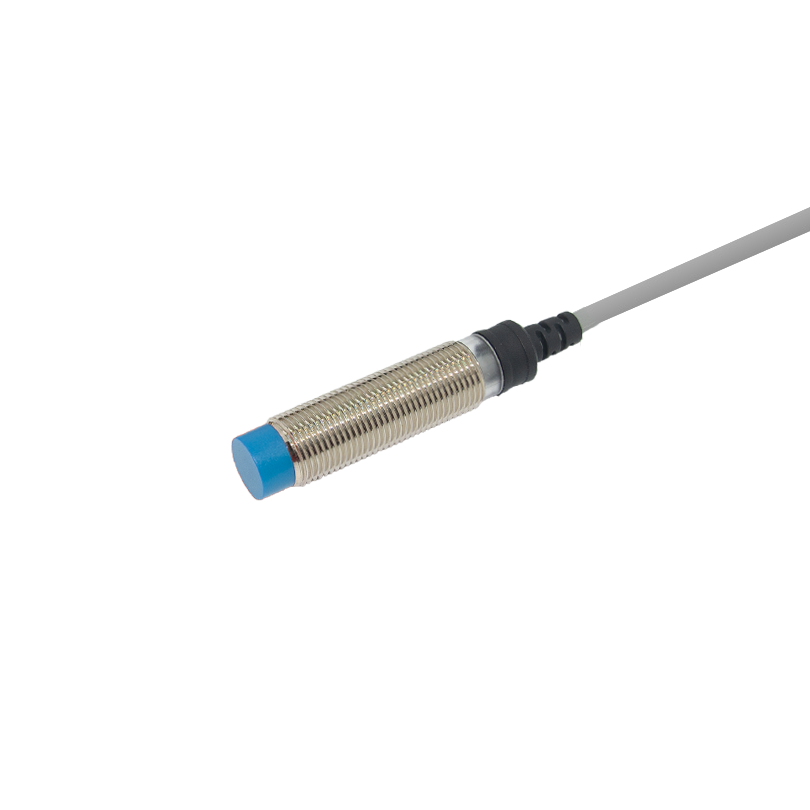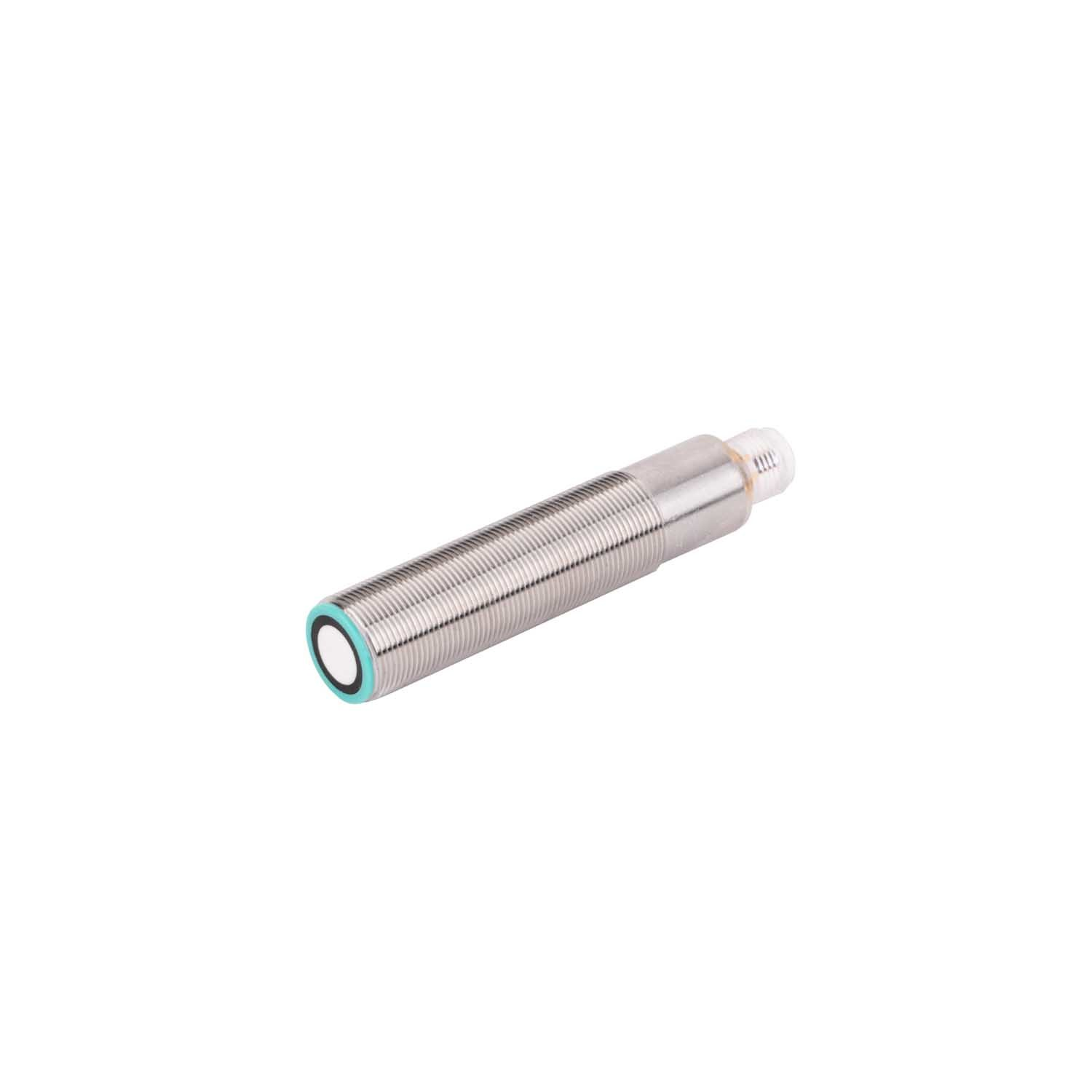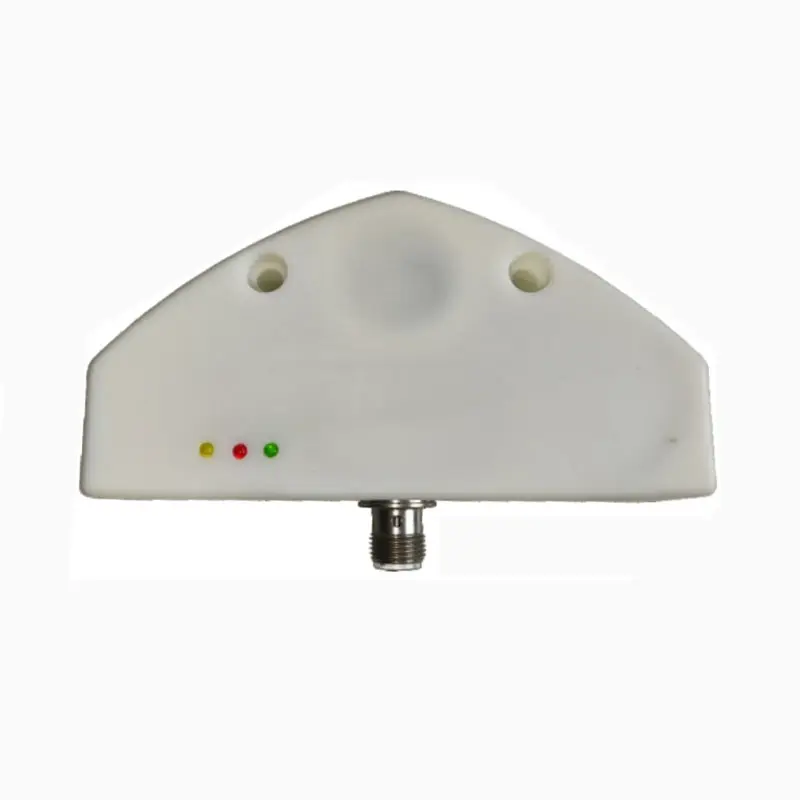ultrasonic sensor distance range
Ultrasonic sensor distance range technology represents a sophisticated method of non-contact measurement that utilizes sound waves beyond human hearing capabilities to determine distances with remarkable precision. Operating on the principle of time-of-flight measurement, these sensors emit high-frequency sound pulses and measure the time taken for the echo to return after bouncing off an object. The typical measurement range varies significantly, from a few centimeters to several meters, depending on the sensor model and environmental conditions. These sensors excel in various industrial and commercial applications, offering reliable distance measurement capabilities in challenging environments where optical or other sensing technologies might fail. They are particularly effective in detecting transparent objects, operating in dusty or dimly lit conditions, and maintaining accuracy regardless of target color or material composition. The technology incorporates advanced temperature compensation mechanisms to ensure consistent readings across varying environmental conditions, making it suitable for both indoor and outdoor applications. Modern ultrasonic sensors often feature programmable parameters, digital displays, and multiple output options, allowing for seamless integration into existing control systems. The versatility of these sensors extends to level measurement in tanks, object detection in automated systems, and precise positioning in manufacturing processes.








